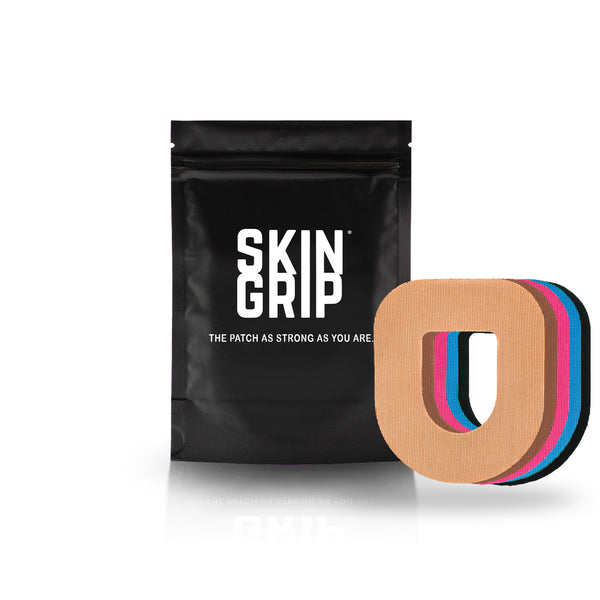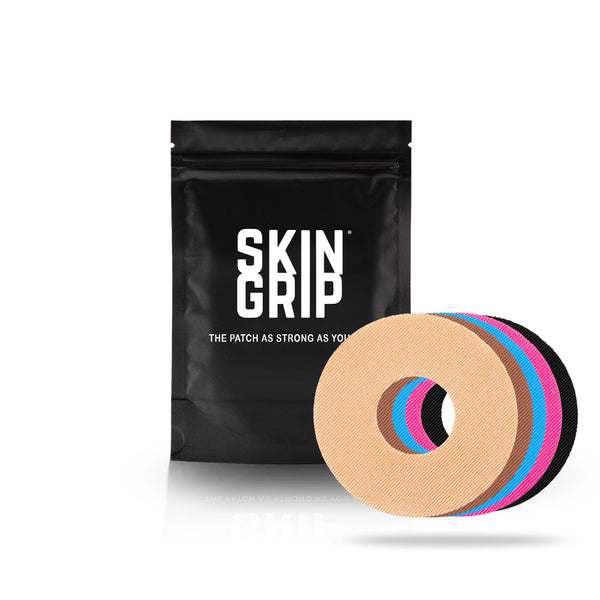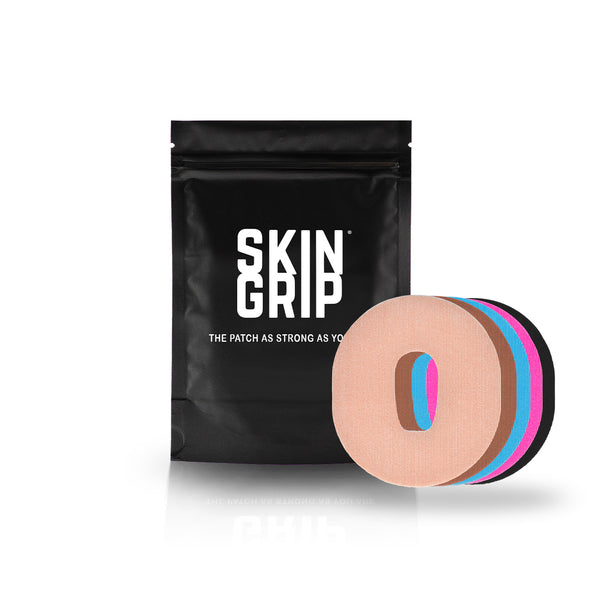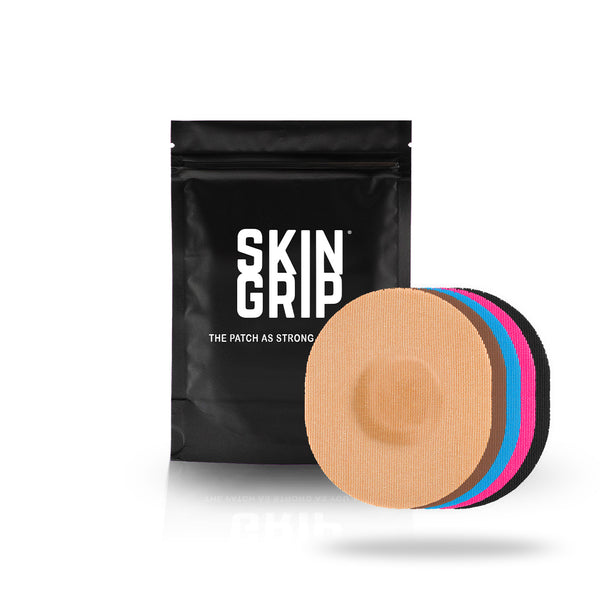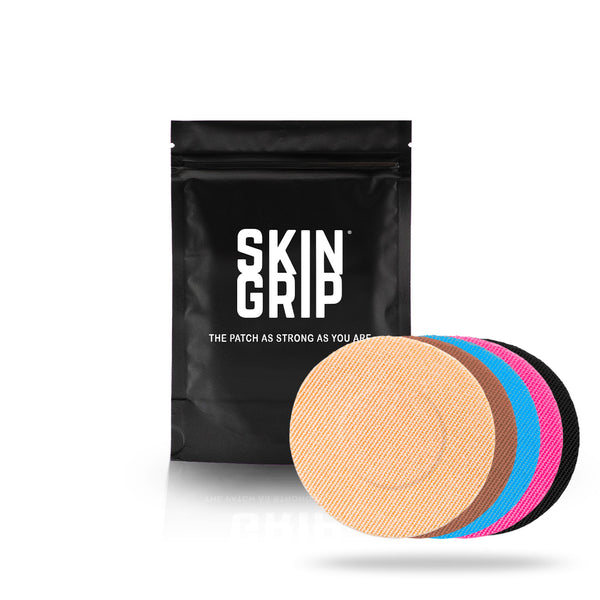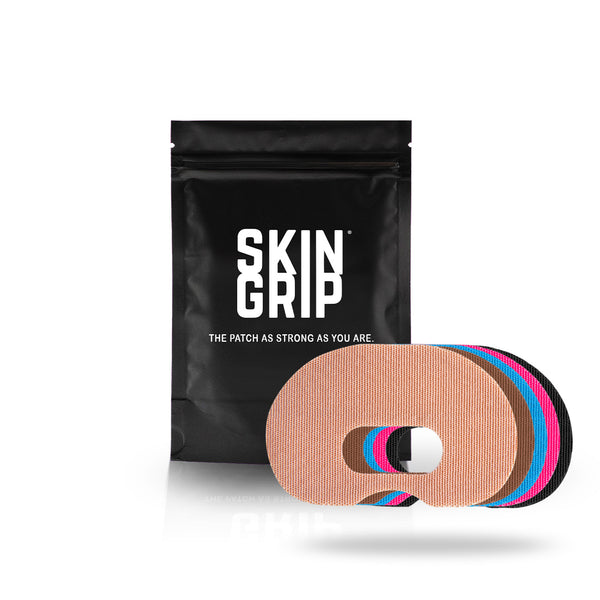 (stanvpetersen / pixabay)
(stanvpetersen / pixabay)
Did you know that an active lifestyle is one of the best things you can do to manage your diabetes effectively? Not just that, increasing your activity level comes with a variety of other benefits. Regular exercise can improve your sleep, lower your blood pressure, improve your cholesterol, and improve your mood and mental health.
Some people might think that people with diabetes can’t be active, but we at Skin Grip know that can’t be further from the truth! We work daily to help people with diabetes live fearlessly, get out, and get the most out of life.
Getting Started
The best way to start increasing your activity level is to find something you enjoy doing. While the CDC recommends 2.5 hours of moderate-intensity activity during the week, exercise doesn’t have to be picking up weights to put them down again or running on a hamster wheel at the gym. Exercise can be playing a sport with friends, going for a nature walk, or working in the yard. Anything that gets your heart rate up will do.
Starting slowly will help you stick with whatever activity you choose. While it can be tempting to go all out on your first day, soreness the next day can prevent you from exercising for much longer. Starting with a more moderate workout can help prevent fatigue, injury, or soreness that causes you to miss the next workout. Programs that start small and build your tolerance for exercise over time are a great way to challenge your growth at regular intervals without overdoing it.
Getting Active with Diabetes
Diabetes can present unique challenges while working out. The primary challenge is maintaining stable blood sugar levels during exercise. Many with diabetes like to exercise but struggle with keeping their blood sugar under control. Some find that exercise causes their blood glucose to drop rapidly, while others can experience a paradoxical rise in blood glucose levels. Because every individual is unique, there is no one-size-fits-all method, but some tips can help you find ways to make exercise a regular habit.
Testing your blood sugar with a finger-stick glucometer before, during, and after exercise can help you determine how exercise affects your blood glucose level. If you know that exercise frequently drops your blood sugar, keeping juice or sugary snacks in your gym bag can help you manage your blood sugar on the go. You may also incorporate a pre-exercise snack to prevent unnecessary lows. If your blood sugar is below 100 mg/dL before starting exercise, consuming approximately 15 grams of carbohydrates can reduce your risk for hypoglycemia.
High blood glucose levels can be particularly problematic for people who perform high-intensity activities. To avoid problematic highs, check your blood glucose level before beginning your workout. If it is high, you should check your blood or urine for ketones. If ketones are present, you may need to skip your workout. If you are ketone-free and feel fine, you may continue to work out, though be sure to follow up on your blood sugars during and after exercise to monitor for unsafe highs.
Continuous Glucose Monitors (CGMs) can help people with diabetes track their blood sugars in real-time during activity. A CGM is a diabetic sensor that is attached to the skin with adhesive tape and used for tracking blood glucose levels in real-time. These sensors can display blood glucose levels on smartphones and watches, as well as be set to alert users when their blood glucose level rises above or falls below a certain level. The convenience of these devices makes them popular with diabetic athletes. With the help of heavy duty adhesive patches for Freestyle Libre, Dexcom G6, or the Medtronic Guardian, these devices can stay in place and do their job while you are running trails, in the kayak, or at the gym.
Benefits of Exercise for Diabetes
Making exercise a habit comes with benefits that are particularly important for people with diabetes. Regular exercise can lower your A1C and improve insulin sensitivity. People who exercise regularly also experience diabetic ketoacidosis and severe hypoglycemia less often. Lastly, regular exercise increases your chances of meeting blood pressure goals and maintaining a healthy weight. That all sounds like a good deal to us.
Lastly, exercise helps us maintain a healthy mental attitude. Skin Grip believes that people with diabetes deserve to live fearlessly. Getting active helps us realize that people with diabetes really can do anything they want to, whether it’s a stroll in the park or free-soloing a rock wall.
With Skin Grip, the last thing on anyone’s mind during a workout should be whether their CGM sensor is safe. Skin Grip’s adhesive patches for the Freestyle Libre, Medtronic Guardian, and Dexcom G6 sensors keep devices in place so you can focus on pushing yourself to the limit. If you are interested in trying Skin Grip, you can order a free sample. Get active and never waste a sensor again.











